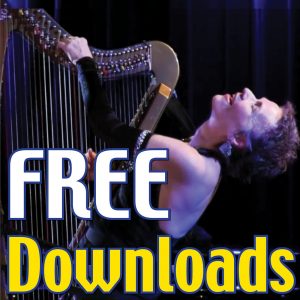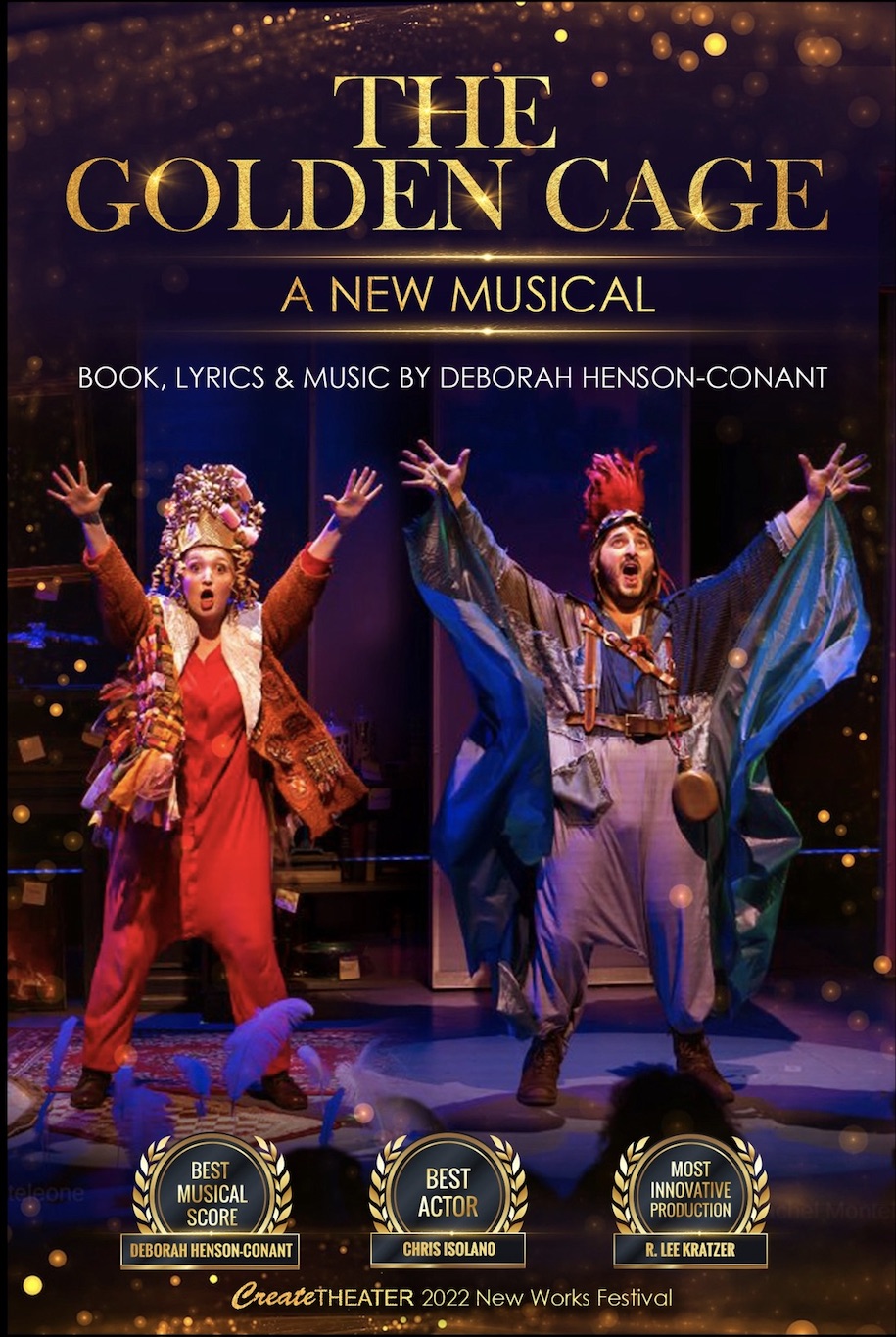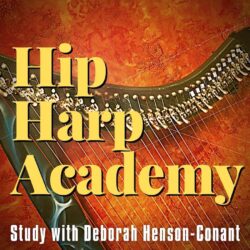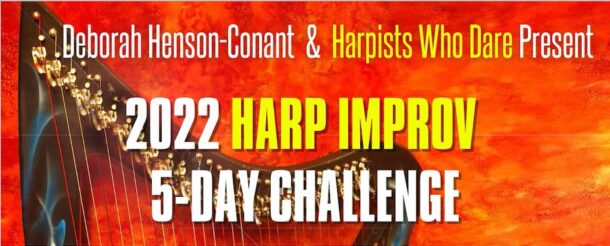To be different from my other projects, I open this one with a welcome and a greeting in Gaelic (just about all the Gaelic I know, except for the salutation at the end).
After a brief intro I go into a Gaelic lullaby in C, and then, using the new tricks taught by DHC I modulate into G for Na Sioga (the fairies) and then into Emin for The Butterfly Jig.
It seemed very natural to go from G to Emin in this case. I begin and end the jig with a left hand vamp and right hand improvising over it. At the very end I play harmonics instead of the right hand pattern I had been playing- I’m hoping that gives it closure without being too repetitive.
[DHC: It was a beautiful ending with a strong feeling of ‘theme’ and yet a a real sense of coming to a journey’s end and the harmonics were almost like tiny lights … and all this in under 3 minutes!]
QUESTION: Can you describe what it took for you to get to the place of being able to play what you did – both logistically and emotionally
Actually, I play quite a bit, so emotionally, it was fine. Some time ago, I had to get over the fact that I would sometimes be playing for other harpists, harpists who play better than I do, with more experience, etc., etc., (even pros like yourself) and you mentioned something about this kind of attitude in presenting a program.
You said something like, nobody cares how good you are, they care about their experience, or how you can make them feel.
Taking the focus off myself really helps me realize that one must simply do their best and not be apologetic about it. I also learned a lot about how to record, post a video to YouTube, and lots of tech stuff I didn’t ever bother to learn before.
QUESTION: What freedoms and blocks in yourself did you connect with (or struggle with) in the process?
One thing I learned is that, for me, it is best to just go for it and not over-think it. Planning and structure are great, yes, for practicing, but once plans are set, to go forth. I would tend to over-plan and over-think everything and never get beyond a certain point. I think your examples will help me a lot with this.
QUESTION: What challenges did you meet to connect with your own freedom of expression in this project? And what “Aha’s” did you take away.
This course reinforced a lot of things I already do musically – tricks that I thought were making me a “fake.” But according to the material learned in this course, it’s not fake at all, it’s all allowed in some musical context.
I got past a few more computer fears as well. I’m even getting a web site up (soon) and hope I continue to learn more about technology and how it can help me.
Honestly, most tech stuff just makes me glaze over and run away, but this course has helped me with some of that.
QUESTION: Is there anything else you’d like to tell people who are watching your video?
Of course most people don’t like how they look on video. I am no exception – I’ve never been photogenic and I admire those who are. But I just decided to get past it and go on. There are some things you can change (the way you think and/or act) and some you cannot (genetics). I think this answer probably fits better in question 3 or 4 but here it is anyway. Really, a short video doesn’t reveal much about someone’s background, etc. I suppose that is why I love watching interviews.
DHC says:
Aside from being a beautiful medley, I love that you created a visual sense of space around it and that you really embraced the idea of the visual context – and that really enhanced my experience of the piece especially at the ending when the sense of twilit lights (in the harmonics) played out in the dusk of the video. It gave it a real sense of place.
You are someone who is already creating and publishing arrangements at a professional level. It was humbling and wonderful to see you bring yourself back to ‘square one’ in some ways, in embracing the principles of the course, wonderful to see your compositional mind And wonderful to have your questions and observations. I can already imagine your published arrangement of this and others playing it!
What was this project all about? What were the Guidelines? The project description was to take 3 contrasting tunes and create a medley no more than 3.5 minutes using techniques from the course, like introductions, melodic improvising, embellishing, turnaround endings and modulating from key to key. (If you’re not a musician, you’ll know when they’re modulating when you see them reach up to shift the levers, which change the harp into a new key).
One of the core principles of the course is “Imperfect Completion” so each of the “Final Projects” is really a “Beginning Project.”






This is a really beautiful piece! Thank you for sharing your talent!
Gorgeous!! I loved it and the harmonics were so pretty and perfect! Your background is pretty and you look great in it!